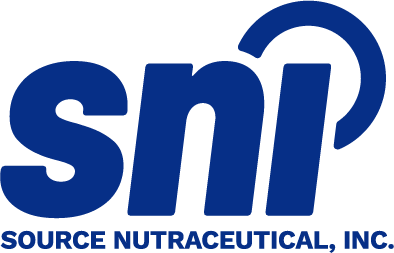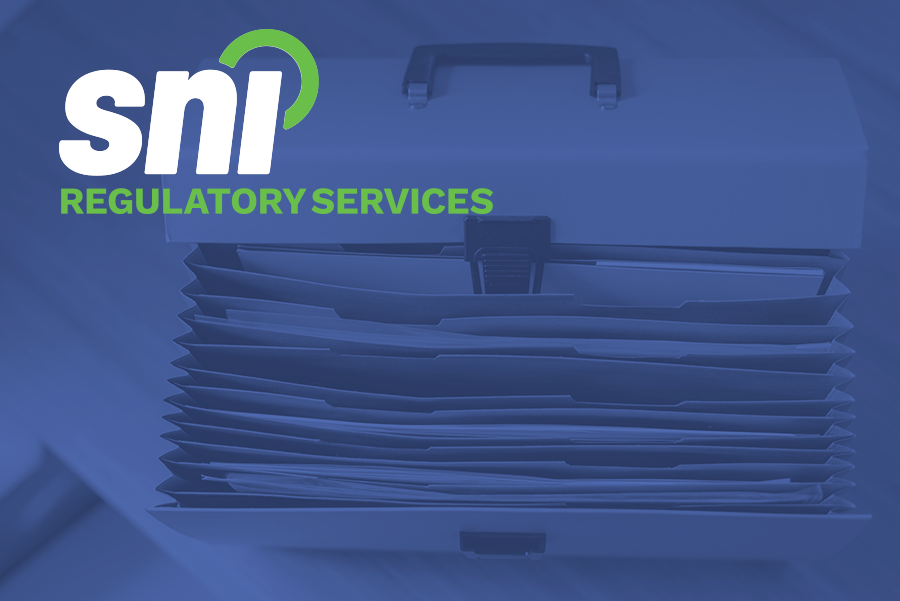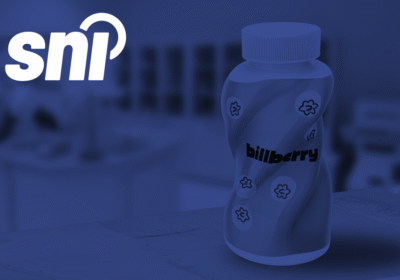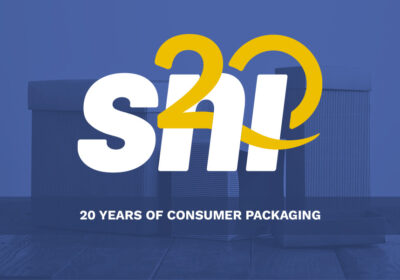The Safe Food for Canadians Regulations requires that imported foods are subject to the same level of hazard analysis and preventive food safety controls as food that is produced in Canada.
Supplier assurances ensure HACCP aspects are in place and the food will be safe to import into the Canadian market.
Here are the 5 steps below:
1. Hazard Identification and evaluation
They must have determined all biological, chemical, and physical hazards that could pose a risk to the food, and how these hazards are controlled.
2. Description of control measures
The foreign supplier must describe each control measure including the tasks that need to be carried out, the frequency of each task, and the person responsible.
3. Critical Control Points have been identified
The foreign supplier must list each process step where a significant hazard has been identified.
4. Verification of control measures
The foreign supplier has verification procedures that ensure their control measures are consistently implemented and effective at controlling the hazard.
5. Implementation of food safety plan
The foreign supplier must keep documentation that demonstrates the food safety plan has been implemented.
These assessments are determined by risk; locations that have certification to a Global Food Safety Initiative (GFSI) benchmarked audit standard will typically meet all of these requirements and not require further assessment. Locations without GFSI certification may require 3rd party audits and/or customer audits.
For each food product that is imported, the importer is responsible to ensure that all biological, chemical and physical hazards that may be reasonably expected to contaminate the food have been identified and described. This includes both the hazards that are inherent in the food, and hazards that are known to be caused by the foreign supplier’s processes and procedures.
An example of this would be the presence of patulin, a mycotoxin, in apple juice.
There must be evidence that there are control measures in place that are effective in controlling all hazards associated with the foods that are imported.
Hazards that are identified in the imported foods are either controlled by the foreign supplier at the time of manufacture, or the importer may have responsibility to control hazards if they are not controlled by the supplier.
Continuing the example from before; this would include confirming that the apple juice is being tested to ensure levels of patulin toxin are below 50 ppb.
The importer is responsible for ensuring that these controls are effective in mitigating the hazards identified. Verification can be done either internally or through the hiring of a qualified company to conduct the verification activities.
Continuing the example from before, this could include a review of Certificates of Analysis from a supplier, showing that the lot of apple juice does in fact have a patulin content below 50 ppb.
The Import PCP must be maintained to ensure that it remains relevant to the products, and up to date with any changes that may arise.
The Import PCP would be reassessed at a predetermined frequency, if there are changes to products or suppliers, or if there are issues that arise, such as a trend in customer complaints.
As an example, a reassessment may be triggered if a new supplier is going to be onboarded to replace an existing supplier; or if a new product is going to be imported.
Using our apple juice example, maybe a new supplier needs to be brought in that does not have a GFSI certification, or the apple juice is swapped for a different type of juice. The IPCP may need to be updated based on this new information.
Products that are imported into Canada must meet the requirements set out in all regulations, as well as the applicable consumer protection provisions. An example would be compliant Canadian labelling including allergen declaration, additive usage, standards of identity, and class & size designations, all which likely differ from the regulations in the originating country.




